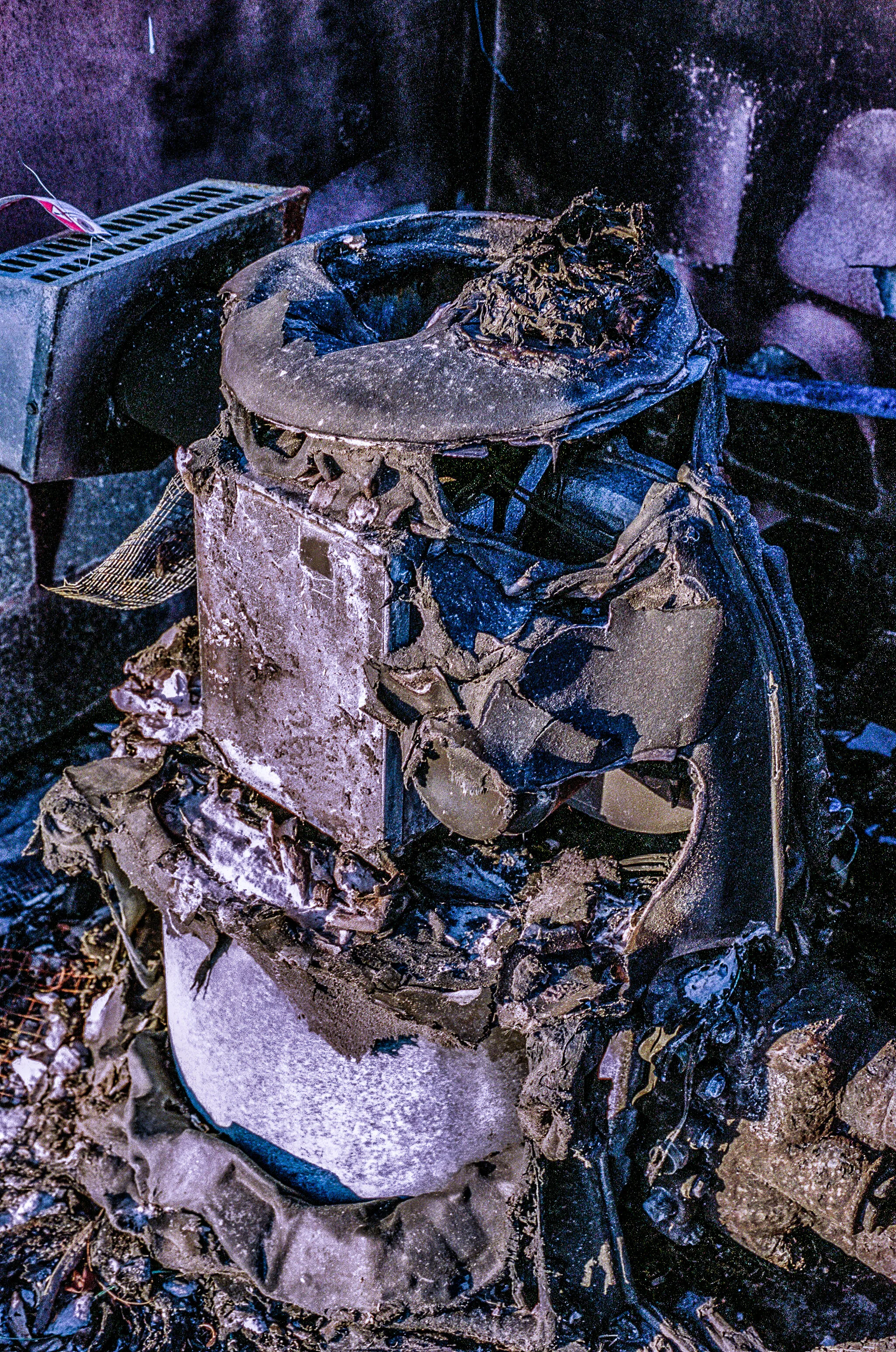I recently started this book by Hans Ulrich Obrist called “Lives of the Artists, Lives of the Architects”. I think Mr. Obrist is one of the most inspiring human beings on the planet. He is not only a brilliant curator, but he also has the most impressive reference bank in his brain as well as the most impressive phone book. He travels constantly and really never stops learning. I aspire to live a life as vast and open as I imagine Mr. Obrist’s to be.
I first discovered Hans Ulrich Obrist two years ago in London, when I picked up a silly little book called “Somewhere Totally Else”. I found the name to be totally insane, and I thought that whoever chose such a name would also be totally insane. Turns out, I was right. Mr. Obrist’s writing is disturbingly relatable, and his ideas are unconventional but still attainable - like the idea of having a monthly meeting in the middle of the night at a cafe, and projecting onto the wall of said cafe. I am always pushed to create when reading his essays and interviews. He really is a pusher.
And so I was pushed by “Lives of the Artists, Lives of the Architects” to write something. This book is a compilation of loose interviews with really iconic, brilliant artists. I see it as a transcribed podcast, but even more casual than that. The interviews feel more like intimate conversations between old friends, and at certain points during the interviews, I feel like I’ve somehow made it into that intimate friend group. And I’ve only gotten through a single interview! Delving back into the world of Mr. H.U.O, I am reminded of a few things.
First of all, I remember that I picked up “Somewhere Totally Else” right around the time I started The Aléatoire. I was inspired to make something that would bring people together. I love people, and I love their ideas. I felt like there was a possibility of curating ideas online in a really fun, collaborative way. Of course, the Aléatoire has really become a personal space for me to share my work and my own thoughts, but I like that it was born out of this notion of completely liberated and collaborative creativity. Thanks Monsieur Obrist for helping me jumpstart the Second Wave of my art journey.
Secondly, I am reminded of the idea that talking to people and really listening to what they have to say is an incredibly undervalued form of learning. I am obsessed with perspective, yet I often forget how important it is to sit back and really let other perspectives sink in, even if I may not agree with them.
Thirdly, HUO always encourages me to think outside of the so-called “Box”. And this is where the idea of Memory Editing came in.
Woolsey, 1st Edition
I went through my Woolsey Fire Narrative images yesterday, and I realized that my memory of the post-fire experience has shifted really dramatically. The images I produced last year did not match up with my current memory of the experience. I felt a need to alter the images to match what I felt would be a more accurate representation of my memory. Of course, who knows what the post-fire scene was in reality - the only images that exist of this particular spot in that particular moment are the images I have produced. So in a sense, they represent a possibility of what the scene must have resembled.
I created a folder with 1st and 2nd Editions of my interpretations of the Woolsey Fire. I call these collections “Narratives” because they are, in a sense, a very visual story of a series of events.
Woolsey Fire, 1st Edition
Woolsey Fire, 2nd Edition
Side by Side, most of the images are not terribly different from one another. The First Edition of images is completely documentary. My initial reasoning for the roll of film was to capture the experience of returning to my childhood home after a particularly traumatizing fire. I wanted to remember, to preserve a feeling. The Second Edition of images is warmer, darker, and generally more surreal. The images feel more apocalyptic and even cinematic.
Woolsey Fire, 1st Edition
Woolsey Fire, 2nd Edition
Memory does shift though, and neither set is more truthful than the other. They both represent my interpretation of a memory, just in a year interval.
I have posted the Second Edition of the Woolsey Fire Narrative under the Projects tab, all in preparation for the next Thought Letters issue… Stay tuned.






